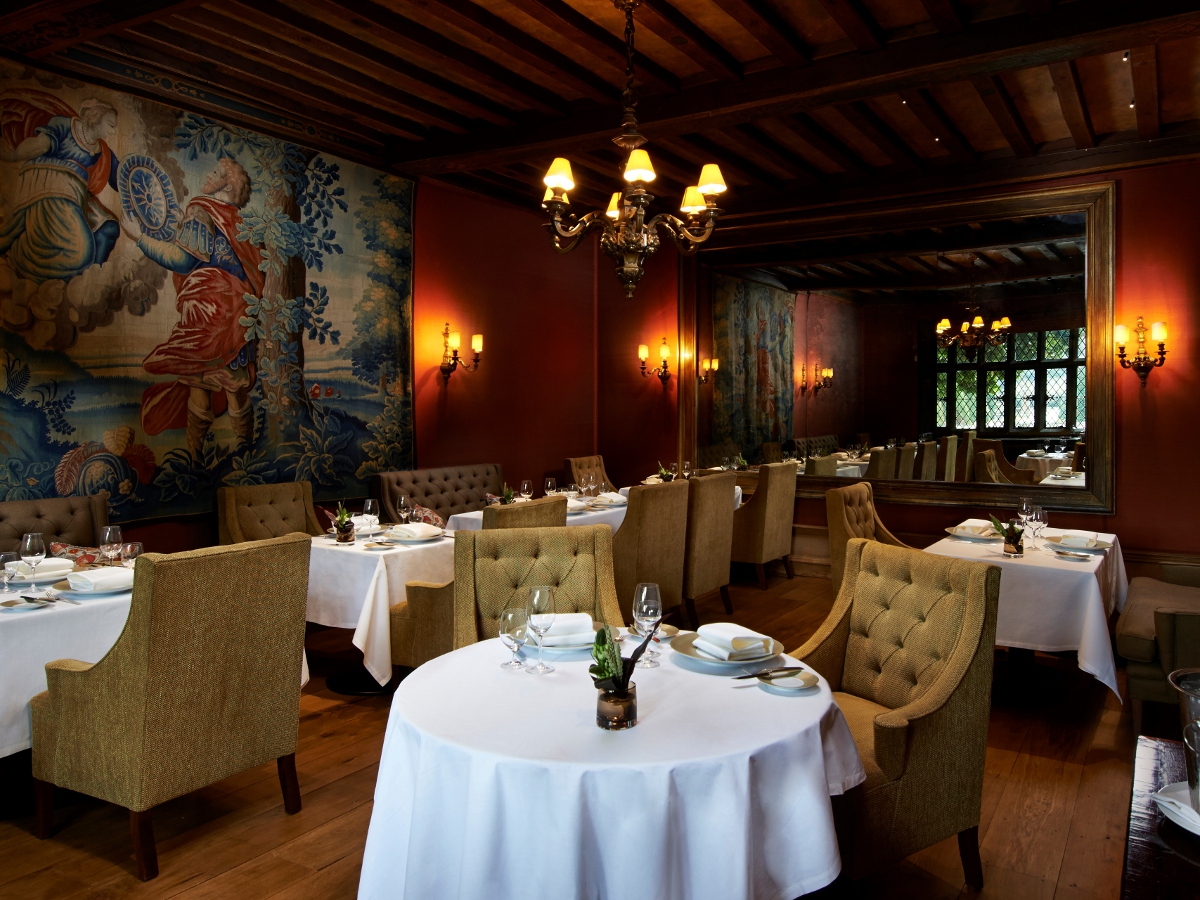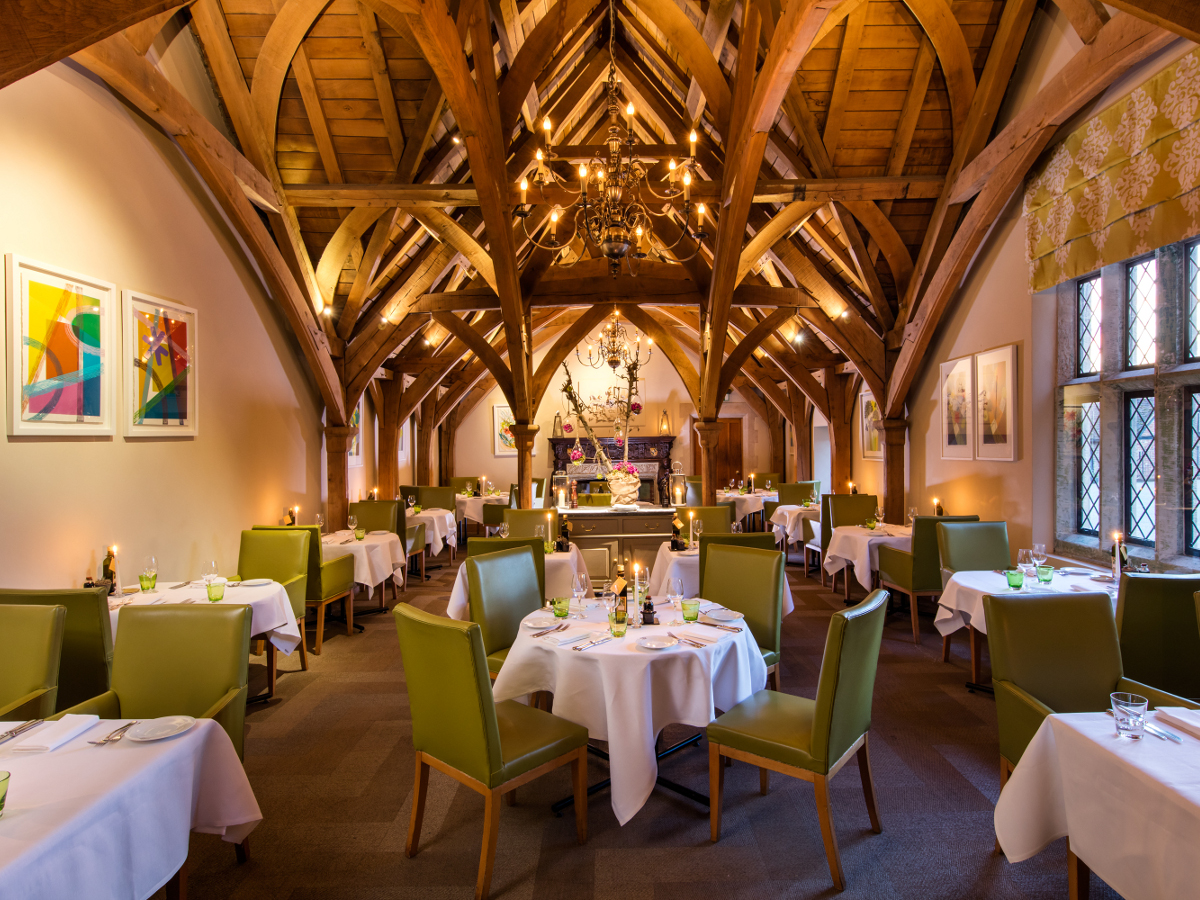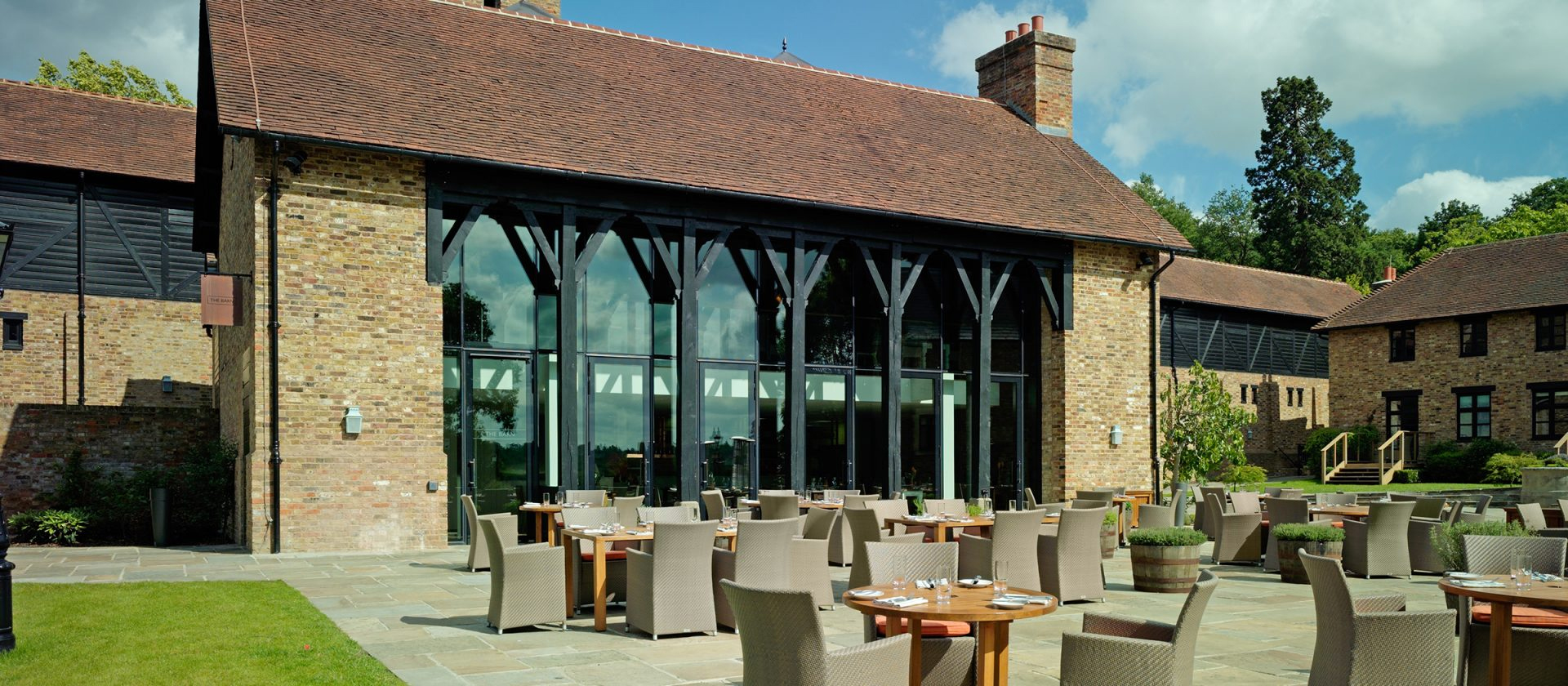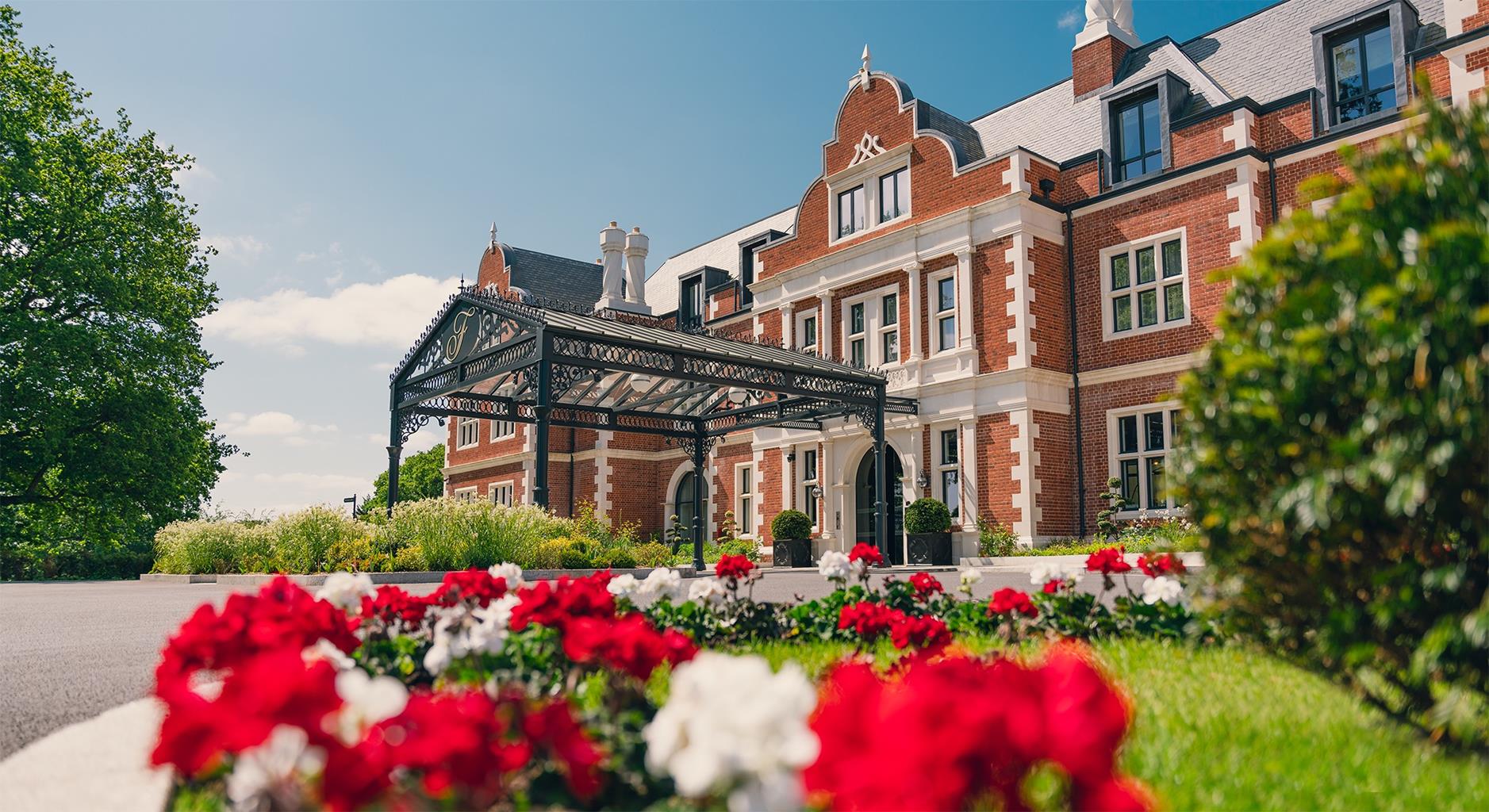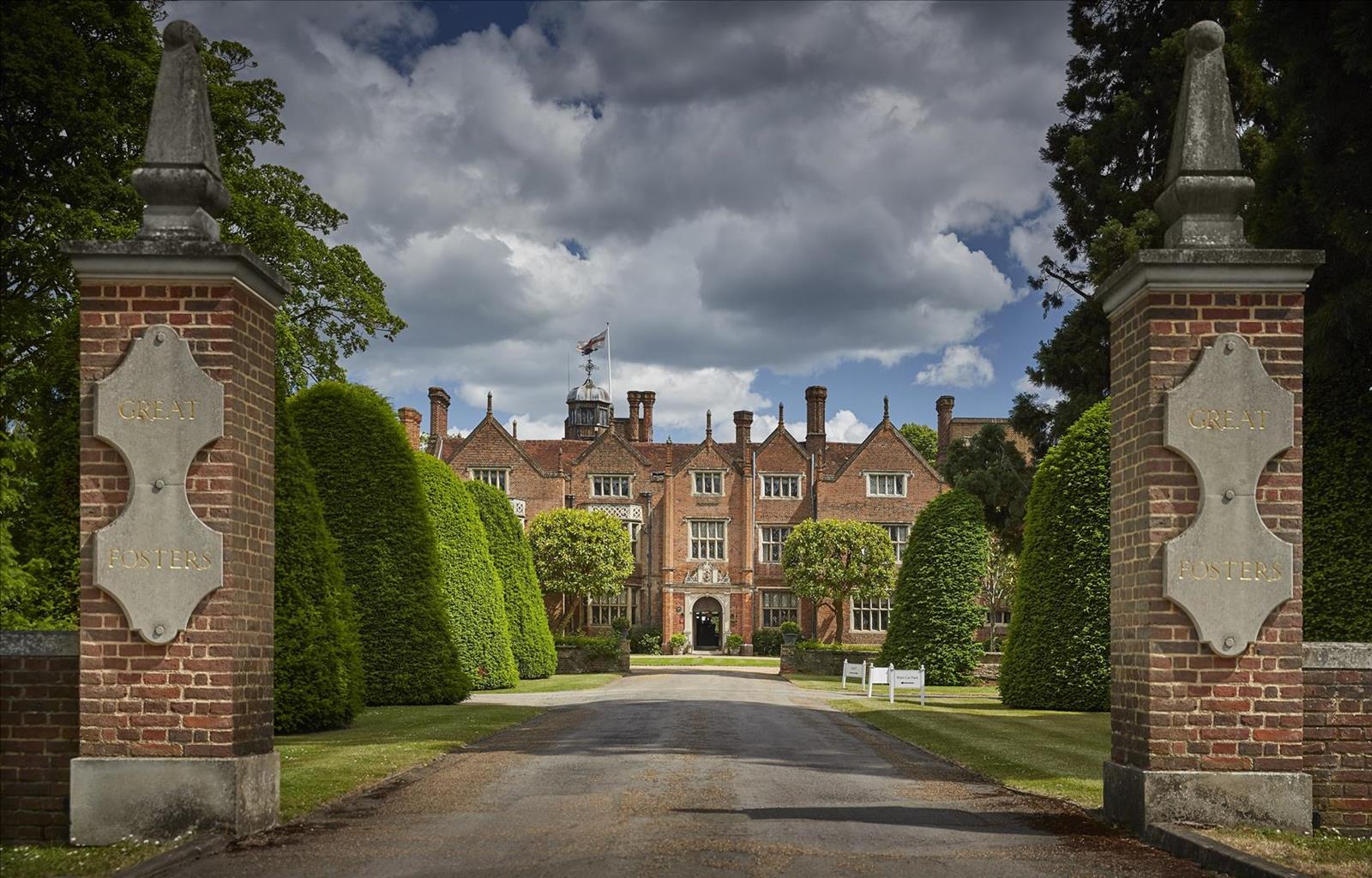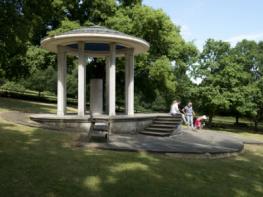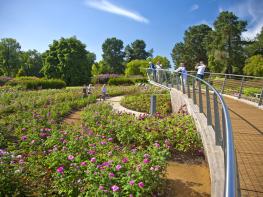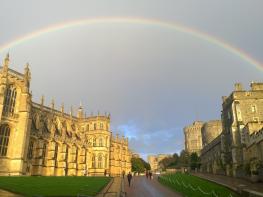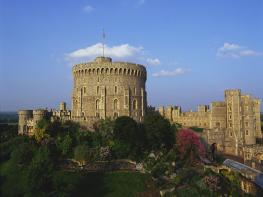Set within 40 acres, Fairmont Windsor Park enjoys a prime location next to Windsor Great Park. A…
Surveying Historic Runnymede
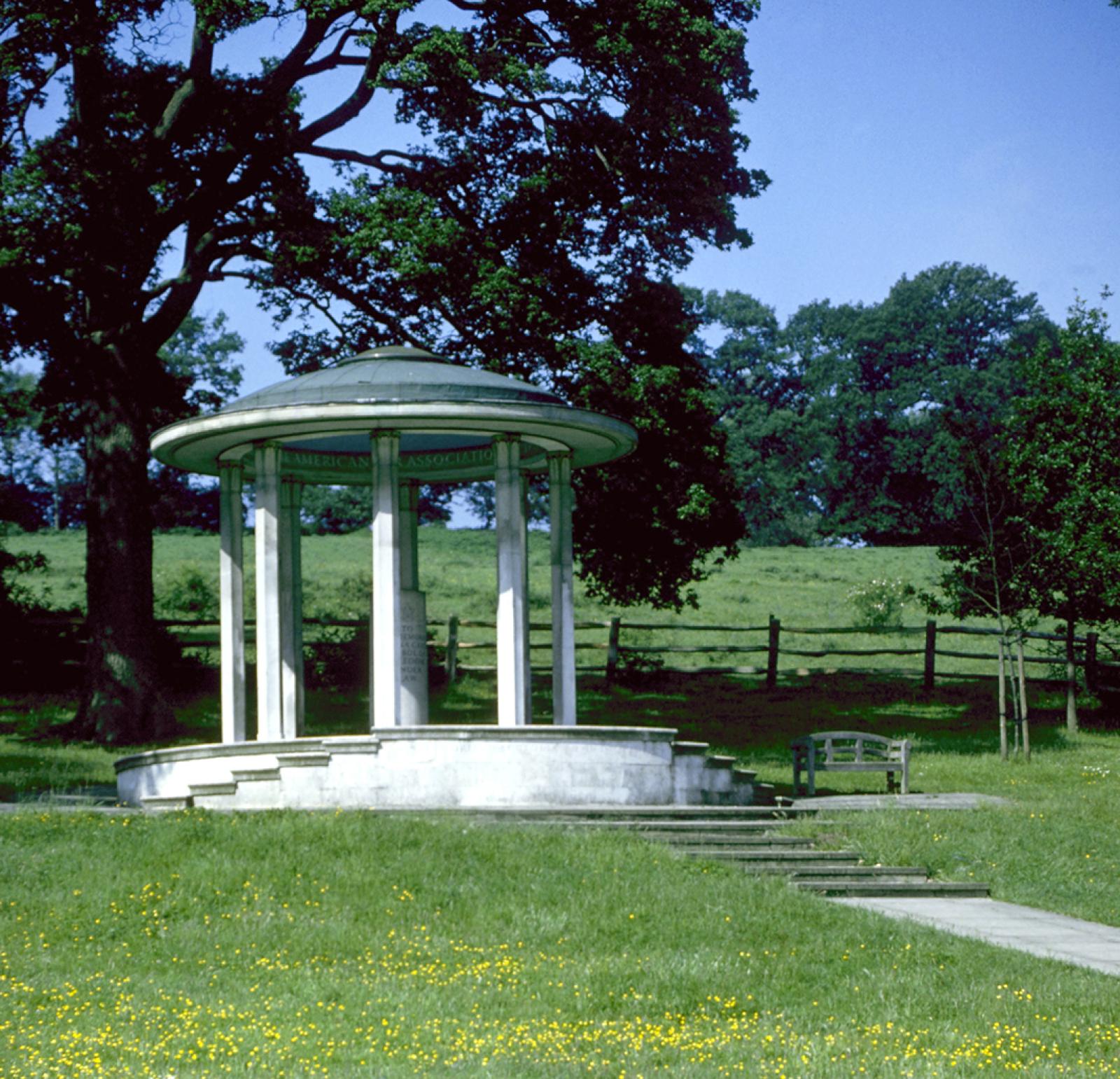
2.9 miles (4.6kms)
About the walk
Designed by Sir Edwin Lutyens, the south pier at the entrance to Runnymede car park is inscribed with a poignant reminder that among the pretty water meadows and rolling wooded hills, this place bore witness to a moment in time that changed the course of human history.
The loss of the Battle of Bouvines in 1214, in which many English barons lost their titled possessions in Normandy, along with King John’s subsequent submission to the universal rule of papacy to avoid a French invasion, as well as high taxes, all led to discontent among many of the most influential barons in the land. In January 1215, the barons made an oath that they would ‘stand fast for the liberty of the church and the realm’, and demanded that King John confirm their Charter of Liberties. Lengthy negotiations began. The King desperately attempted to buy himself some time in the hope that he would receive support from the Pope. But the barons continued in their defiance and entered London on 10 June 1215. Left with no choice, King John agreed to the ‘Articles of the Barons’ in the meadow at Runnymede five days later. In return, the barons renewed their oaths of fealty to the King, and the document Magna Carta was created. The charter marked the foundation of civil liberty and consequently informed the constitutions of many other countries, notably the US.
The memorials
This walk makes use of the National Trust’s superbly waymarked trails, before returning along the Thames Path. On the way you’ll pass several memorials including one to John F Kennedy, and two very different monuments designed by Sir Edward Maufe, architect of Guildford Cathedral. The first of these, the American Bar Association Memorial, was constructed in 1957, and this simple yet effective little building is dedicated to the Magna Carta’s principles of freedom, enshrined in these fields in 1215. The second is the Commonwealth Air Forces Memorial, which is awe-inspiring in its scale. Beyond the perfectly tended gardens stands a huge white Portland stone building, opened by Queen Elizabeth II in October 1953. It overlooks the meadows of Runnymede where the Magna Carta was signed, and its walls record the names of more than 20,000 Commonwealth aircrew who died for those same ideals of freedom during World War II, but whose bones have no known grave.
Walk directions
From the information board at the car park entrance, follow the waymarked purple route signposted towards the memorials. After reaching The Jurors, 12 inscribed bronze chairs, continue to the edge of the woods and a short diversion leads you through a gate and up a cobbled path and steps to the Kennedy Memorial. Take care if climbing in wet weather, as the granite setts can be very slippery.
Return to the gate and turn right. A short way further on you’ll see the American Bar Association Memorial, also on your right. A few paces further on, turn right through the gate, then bear left and follow the purple marker posts beside a line of oak trees, heading towards the circular building called the Writ in Water.
Just beyond, pass through two kissing gates as you enter Cooper’s Hill Wood, and turn half right up flight after flight of steps towards the Air Forces Memorial. At the top of the steps go through a kissing gate and turn right to walk along a gravel and then tarmac road, passing buildings of Royal Holloway, University of London, and continue round to the right to the memorial entrance. Three hundred panels stand in the cloistered quadrangle, arranged beside the tall, thin windows like pages from an open book. Each one bears over 60 names, grouped according to the year in which they died and there’s a small shrine beneath the tower. You can climb the spiral stairs to the roof for a view over London and six counties.
Retrace your route past the university buildings and down the steps to a well-worn track on your right. Turn right here and follow the purple waymarked woodland path down the hill to a yellow and purple waymarker. Turn right again, now following the yellow trail just inside the woodland edge, and leave the wood via the second kissing gate on your left.
Continue across the meadow, heading for a gate in the copse, follow the boardwalk through the copse at the head of Langham Pond, and then head for the signpost on the road edge. At the far right-hand corner, go through two wicket gates to reach the A308.
Cross the A308 here, and turn left onto the Thames Path at a yellow waymark post. Follow the river all the way back to the car park by the river, cross the A308 again to return to the Memorials car park and National Trust tea room where your walk began.
Additional information
Woodland and cross-field paths, boggy in wet weather
Wooded slopes overlooking Thames-side meadowlands
Not permitted in paddock behind tea room, or in Air Forces Memorial
OS Explorer 160 Windsor, Weybridge & Bracknell or National Trust's Trail Map (available at tea room)
Runnymede Memorials National Trust car park
At car park, also at Cooper's Hill car park
WALKING IN SAFETY
Read our tips to look after yourself and the environment when following this walk.
Find out more
Also in the area
About the area
Discover Berkshire
Berkshire essentially consists of two distinct parts. The western half is predominantly rural, with the Lambourn Downs spilling down to the River Lambourn and the Berkshire Downs to the majestic Thames. The eastern half of Berkshire may be more urban but here, too, there is the opportunity to get out and savour open spaces. Windsor Great Park and Maidenhead Thicket are prime examples. Threading their way through the county are two of the South’s prettiest rivers – the Lambourn and the Pang. Beyond the tranquil tow paths of the Kennet and Avon Canal, Greenham Common’s famous airbase has been transformed to delight walkers of all ages.
Reading and Newbury are the county’s major towns, and the River Kennet flows through them both. Reading is a vibrant, multicultural centre with great shopping and plenty of history. Oscar Wilde was incarcerated in Reading prison in the late 19th century, and wrote The Ballad of Reading Gaol about his experience. Newbury is probably best known for its race course, which opened in 1905, although the first recorded racing at Newbury was a century before that. Famous people born in the county include Catherine, Duchess of Cambridge, Kate Winlset and Ricky Gervais.
Nearby stays
Restaurants and Pubs
Nearby experiences
Recommended things to do
Why choose Rated Trips?
Your trusted guide to rated places across the UK
The best coverage
Discover more than 15,000 professionally rated places to stay, eat and visit from across the UK and Ireland.
Quality assured
Choose a place to stay safe in the knowledge that it has been expertly assessed by trained assessors.
Plan your next trip
Search by location or the type of place you're visiting to find your next ideal holiday experience.
Travel inspiration
Read our articles, city guides and recommended things to do for inspiration. We're here to help you explore the UK.



